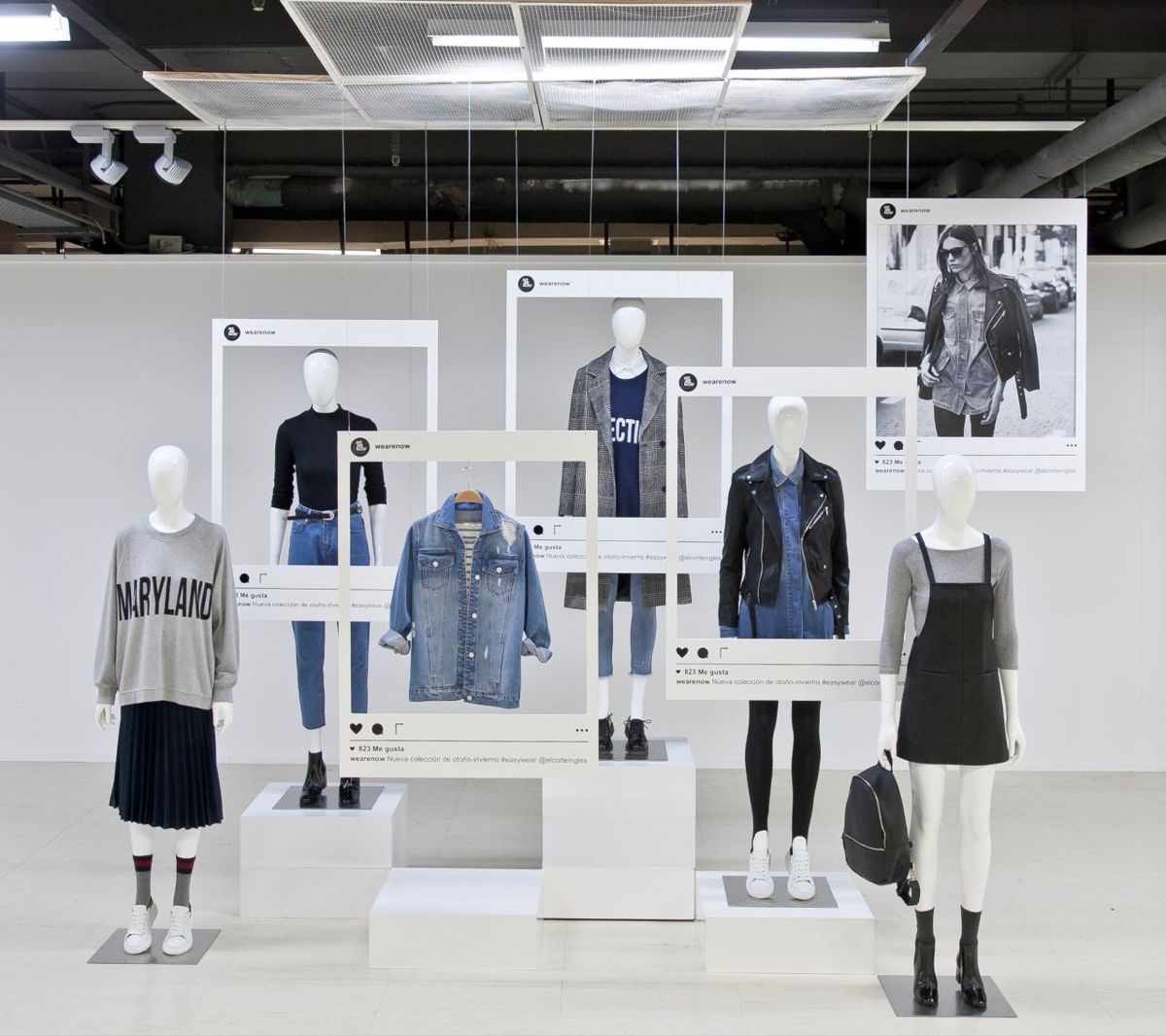Luxury and second-hand: A winning duo

Second-hand is no longer just an alternative to new products. It is reshaping the luxury industry, challenging long-standing practices, and pushing major fashion houses to evolve. This booming market, projected to reach $350 billion by 2030 (source: BCG), is transforming consumers’ relationship with luxury, their perception of sustainability, and the business models of high-end brands.
Luxury and second-hand: a natural alliance
Luxury has always embodied values of timelessness and heritage. Iconic pieces such as Hermès’ Birkin bag, Louis Vuitton trunks, and Chanel tweed suits are not just objects of desire; they are investments. The second-hand market reinforces this legacy by giving these creations a new life while solidifying their timeless appeal.
Some items even fetch record prices in the resale market. In 2022, an Hermès Himalaya Birkin bag was auctioned for nearly €450,000, illustrating the rising value of luxury items in this space. This growing trend positions luxury brands as custodians of a heritage that is both desirable and enduring.
Consumers, increasingly seeking meaning and sustainability, are driving this shift. According to a Bain & Company study, nearly 65% of second-hand luxury buyers cite timelessness and quality as their primary motivations.
Luxury brands’ strategic entry into second-hand
Faced with the exponential growth of the resale market, several major luxury brands have taken concrete steps to integrate it:
• Gucci was among the first fashion houses to collaborate with The RealReal, a luxury resale platform. This partnership allows Gucci to certify the authenticity of items and maintain some control over its secondary market.
• Burberry partnered with Reflaunt to offer an integrated resale service. Customers can return pieces they no longer wear and receive store credit for new collections.
• Stella McCartney, a pioneer in sustainability, partnered with The RealReal as early as 2018, encouraging customers to resell their pieces while promoting circular fashion.
• Balenciaga recently announced a collaboration with Reflaunt, enabling direct resale of its creations through a simplified process.
These initiatives are not purely driven by financial interests. They allow luxury houses to respond to growing sustainability expectations while ensuring control over brand image and product authenticity.
By integrating these platforms, brands are turning a challenge into an opportunity: fostering customer loyalty while attracting a younger audience.

Consumers: at the heart of the circular revolution
New generations play a key role in the rise of second-hand. Millennials and Gen Z, expected to account for approximately 70% of the luxury market by 2025 (source: BCG), increasingly favor responsible consumption practices.
According to the Bain Luxury Study 2023, 44% of luxury buyers aged 18-34 have already purchased a second-hand luxury item, and this number is rising. These young consumers seek:
• Exclusivity: Rare, vintage pieces that tell a story.
• Accessibility: Second-hand offers a more affordable entry into luxury.
• Sustainability: An alternative to traditional consumption patterns, often seen as excessive.
On social media, these motivations translate into viral trends. For example, the hashtag #VintageChanel on Instagram has over 1.5 million posts, while TikTok creators showcase their luxury thrift store finds, generating millions of views.
Challenges of the second-hand market for luxury brands
While second-hand presents undeniable opportunities, it also poses significant challenges for luxury brands:
1. Combating Counterfeits
The resale market is often associated with counterfeit risks. Brands like Louis Vuitton and Rolex are investing heavily in blockchain technology to guarantee the authenticity of their products.
2. The Price Paradox
How can brands justify the high price of new collections when similar items in excellent condition are available at a reduced price on resale platforms? Brands must now capitalize on craftsmanship, exclusivity, and customer experience to maintain their positioning.
3. Brand Image Control
Entering the resale market requires brands to ensure consistency between their brand universe and how their products are resold. Initiatives like those from Gucci and Burberry, which directly involve brands in resale, help address this challenge.

Toward a hybrid business model
The rise of second-hand is pushing luxury brands to rethink their business models. Some are adopting a hybrid approach, combining new product sales with managing their own resale market.
Patagonia’s “Worn Wear” program, though more aligned with outdoor fashion than luxury, serves as an inspiring example. By offering repair and resale services for used items, the brand strengthens customer loyalty while reinforcing its environmental commitment.
In luxury, a similar strategy could enable major fashion houses to support customers throughout a product’s lifecycle, from the initial purchase to resale or repair.
Redefining luxury in a circular era
The rise of second-hand confirms a profound shift in consumer expectations. Luxury is no longer just about owning an exclusive new product. It is evolving into a more responsible approach where quality, sustainability, and authenticity take center stage.
By embracing this trend, luxury houses are not merely making a smart business move—they are helping redefine what luxury means in an era of climate change and increasing demands for transparency.
As Antoine Arnault, CEO of Berluti and LVMH board member, recently stated:
“Luxury has always been about sustainability. What we see today is an opportunity to remind people that our products are made to last and, in some cases, to be passed down from generation to generation.”
Far from competing with new products, second-hand has become a natural extension of luxury, reaffirming its core values: excellence, rarity, and a celebration of time.
Stay ahead of the game!
Sign up to FAUME's The Secondhand Review newsletter
Read inspiring stories from brands that have successfully launched their secondhand businesses with FAUME







